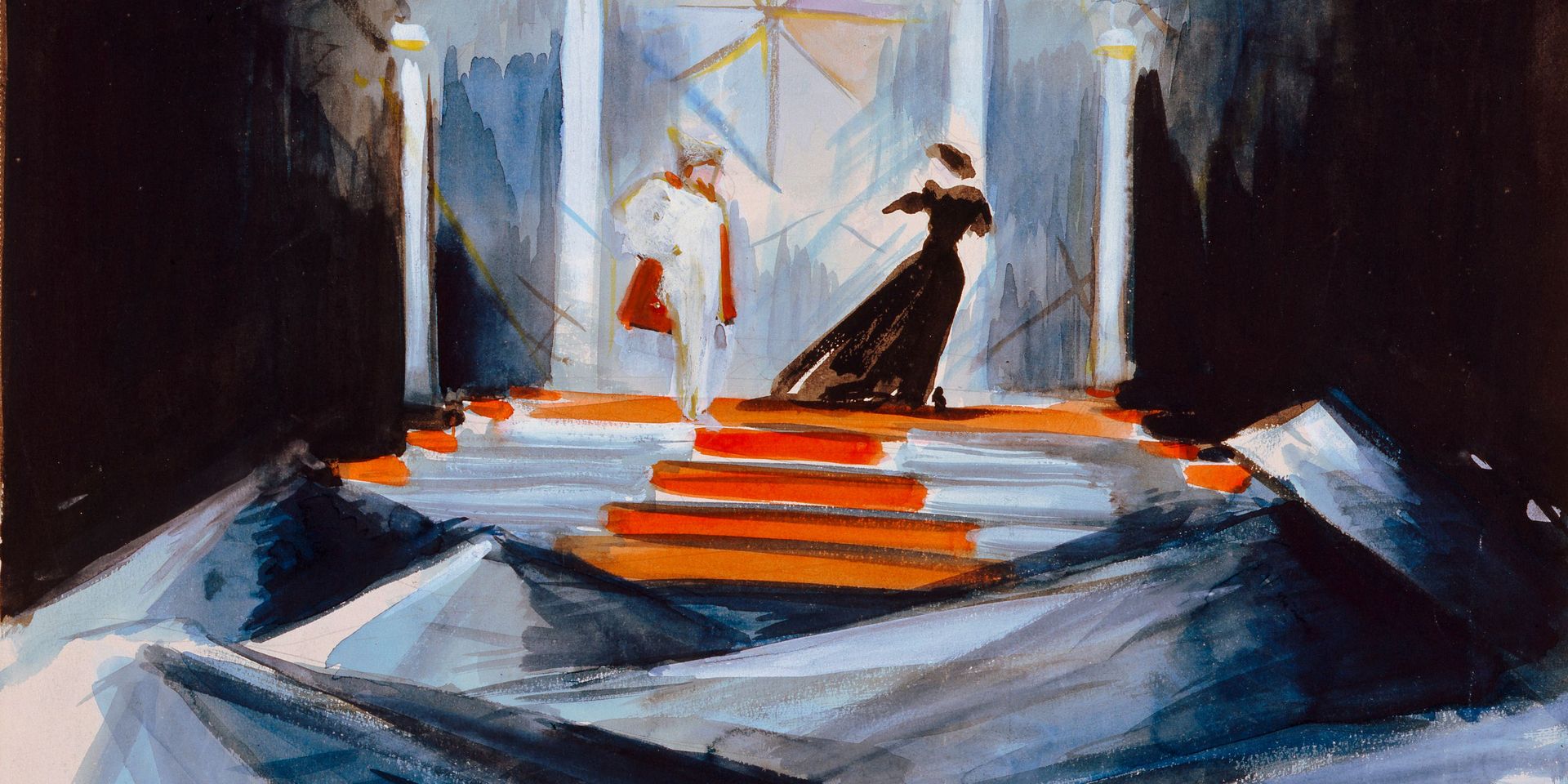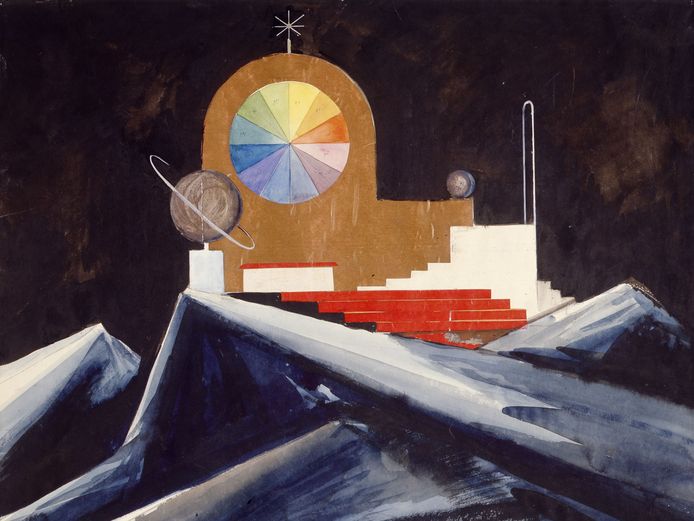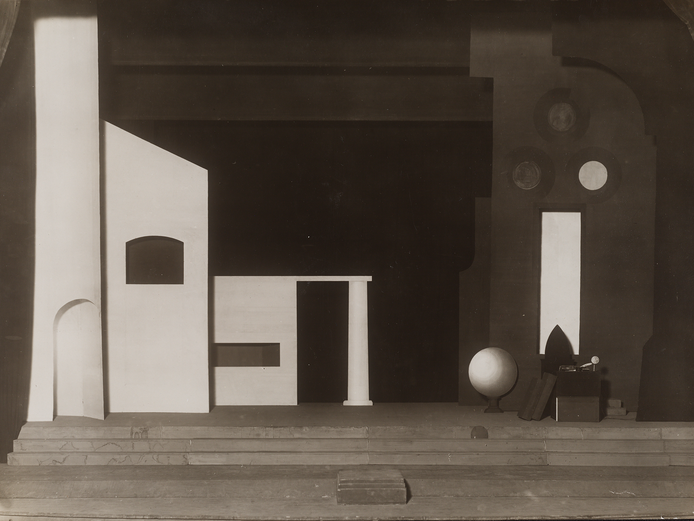Projects of the Klassik Stiftung Weimar are funded by the European Regional Development Fund (ERDF) and the Free State of Thuringia, represented by the State Chancellery of Thuringia, Department of Culture and the Arts.


As part of the 2025 Theme Year’s focus on “Faust”, the Bauhaus Museum Weimar presents a stage design created by Oskar Schlemmer for Christian Dietrich Grabbe’s play “Don Juan and Faust”. The Bauhaus master was commissioned to design the set in 1925 for a production staged at the Deutsches Nationaltheater (DNT) Weimar.
“Don Juan and Faust”, a drama of ideas, was written in 1828 by Christian Dietrich Grabbe which he hoped would even surpass Goethe’s “Faust”. The play premiered at the DNT Weimar on 26 February 1925. Now 100 years later, we have the thrilling opportunity to reacquaint ourselves with one of the few commissioned works that Oskar Schlemmer created for the stage. The Bauhaus master and head of the theatre workshop designed a set that emphasised the diametrically opposing worlds of Don Juan and Faust. By means of an abstract, reduced design that adhered to the Bauhaus principles, audiences in 1925 were presented with an impressive interpretation of the play. Schlemmer created innovative sets comprised of basic geometric structures, coloured surfaces, sparsely applied decoration and an extraordinary and unconventional lighting concept. Because the Bauhaus was on the brink of leaving Weimar due to political hostilities at the time, Schlemmer described his stage design for the DNT Weimar as his “farewell debut”.
Nowadays Oskar Schlemmer is better known for his famous “Triadic Ballet” which premiered in Stuttgart in 1922 and was later produced at the DNT Weimar in 1923. Schlemmer intended to reform the theatre arts through dance and creatively reimagine its relationship to space using the elements of form and colour.
Opens: 21 March 2025
22. Mar – 3. Nov 2025
Free entry
plus museum admission

